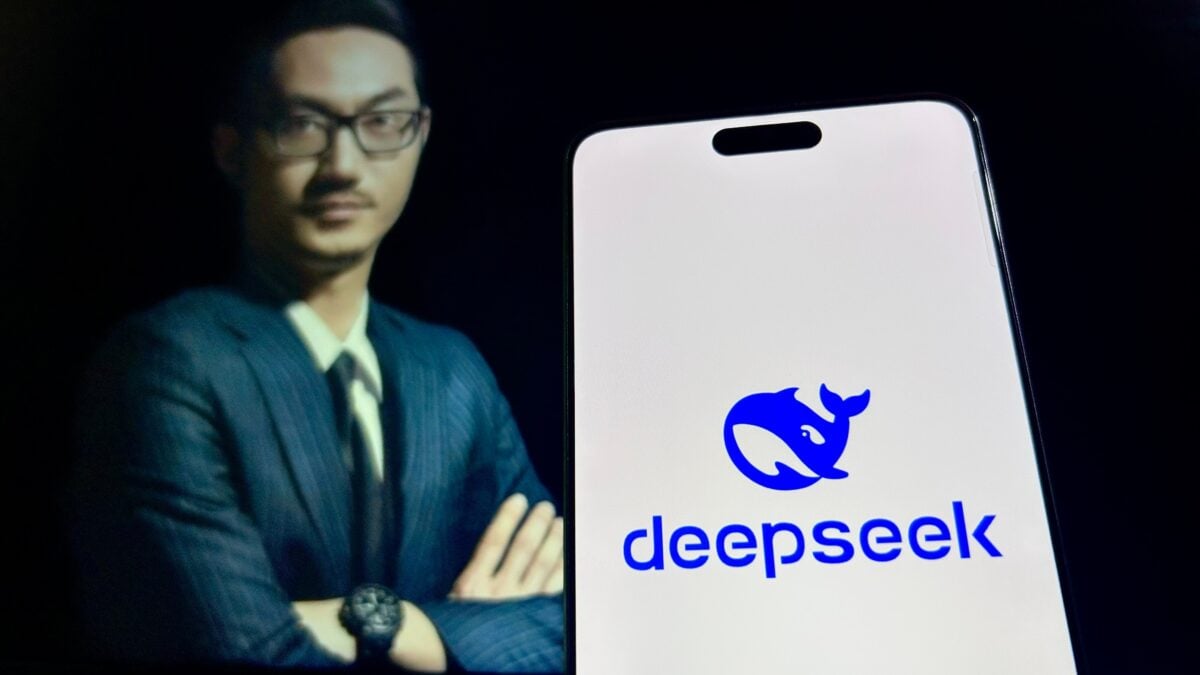TLDRs;
- DeepSeek launched V3.2-exp, an experimental AI model cutting inference costs for long-context tasks by nearly half.
- The model uses “Sparse Attention” and a “lightning indexer” to handle lengthy inputs more efficiently.
- Released as an open-weight model on Hugging Face, it allows third-party testing and benchmarking.
- DeepSeek faces growing competition from heavily funded Chinese tech giants expanding their AI portfolios.
China-based AI startup DeepSeek has unveiled its newest experimental language model, V3.2-exp, designed to cut inference costs for long-context tasks nearly in half.
The model, announced Monday, aims to address one of the most pressing challenges in large-scale AI adoption: the expense of handling extended inputs.
V3.2-exp leverages a new system called DeepSeek Sparse Attention, which pairs a “lightning indexer” with a secondary module for fine-grained token selection.
Together, these innovations allow the model to focus on the most relevant excerpts while managing token-level detail with precision. Early internal testing suggests that the system can significantly reduce server loads, with API costs potentially dropping by 50% for long-context operations.
Open-Weight Model Now Available
Unlike many commercial AI releases that remain closed, V3.2-exp has been launched as an open-weight model. It is now accessible on Hugging Face, giving researchers, developers, and enterprises an opportunity to run independent evaluations.
This decision highlights DeepSeek’s continued push toward transparency and collaboration, especially as companies increasingly scrutinize claims about efficiency and performance.
The model’s open release also aligns with DeepSeek’s previous strategy with its R1 model earlier this year, where open benchmarking allowed the community to verify its reasoning capabilities. By adopting the same approach for V3.2-exp, DeepSeek is signaling confidence in its efficiency breakthroughs.
Building on Past Releases
The launch of V3.2-exp comes after a string of updates and experiments from DeepSeek in recent months. Earlier this September, the company introduced DeepSeek-V3.1-Terminus, a refinement aimed at improving agent performance and addressing reported issues such as illegible symbols and inconsistent language switching.
While that update delivered small improvements in benchmarks like Humanity’s Last Exam and coding tasks, some challenges remained, particularly in Chinese-language performance.
Meanwhile, industry reports have revealed that DeepSeek is working on a next-generation agent-focused model, slated for unveiling in Q4 2025. The project reflects a broader industry shift toward autonomous AI systems, capable of executing multi-step tasks with minimal human supervision. The V3.2-exp release appears to complement this trajectory by strengthening the company’s technological foundation in efficiency before more advanced agent features are rolled out.
Competitive Landscape Heats Up
DeepSeek’s innovation comes at a time when competition in the Chinese AI sector is intensifying. Rival firms such as Alibaba and Tencent are scaling up their AI investments dramatically, with Alibaba pledging over 380 billion RMB ($52.9 billion) in cloud and AI infrastructure.
While DeepSeek has been lauded for achieving cost-efficient results with comparatively modest resources, analysts warn that the company must maintain momentum to avoid being overshadowed by its cash-rich rivals.





